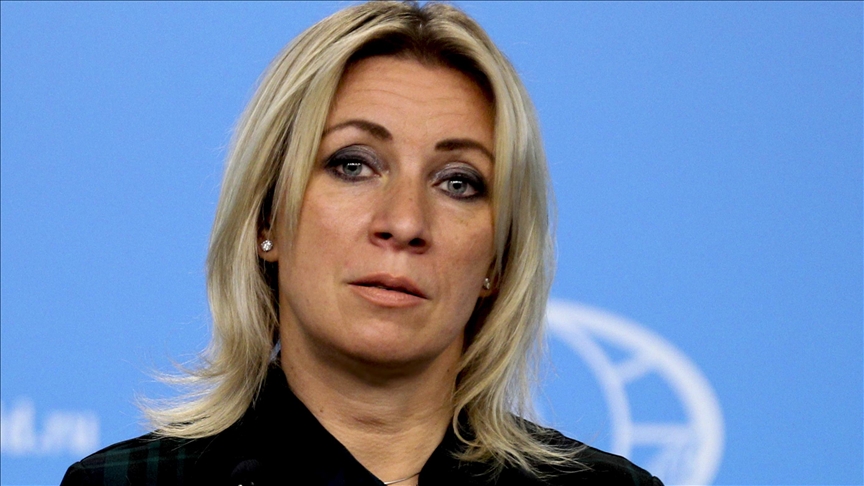Greater Horn of Africa now one of most vulnerable to climate change, says WHO official
GENEVA
The Greater Horn of Africa region is now one of most vulnerable to climate change, with clear and alarming signs such as erratic rainfall patterns, rising temperatures, and an increase in the frequency and intensity of droughts and floods, a World Health Organization (WHO) official said on Tuesday.
“In recent years, we have witnessed some unprecedented events in the Horn of Africa: a historic four-year drought was followed by devastating El Nino-induced floods at the end of last year,” said Liesbeth Aelbrecht, WHO incident manager for the Greater Horn of Africa covering food insecurity and health.
“And then over the past months, we faced yet another crisis, with weeks of relentless torrential rains causing catastrophic flooding across Eastern Africa,” she said at a UN press conference.
Aelbrecht cited reports from the UN Humanitarian Response Agency, saying, as of May 30, an estimated 1.6 million people were affected in Burundi, Ethiopia, Kenya, Rwanda, Somalia, and Tanzania.
“Tragically, 528 lives were lost, and nearly 480,000 people have been displaced,” she said.
These floods have a significant impact on health, ranging from immediate risks such as injury and infection to long-term mental health consequences, and the challenges are exacerbated by disrupted healthcare services, particularly for vulnerable groups, she explained.
“Contaminated water and inadequate sanitation facilities heighten the threat of waterborne disease outbreaks,” said the WHO official.
“Following the flooding, new cholera outbreaks were reported in Kenya and Uganda, and important spikes were noted in Ethiopia and Somalia.”
Cholera under control
Only five weeks ago, Aelbrecht noted that Kenya declared cholera under control following the 2023 floods.
“This showcases how the rapid succession of these crises leaves little to no time for recovery,” she said.
“Moreover, floodwaters serve as breeding grounds for mosquitoes. This elevates the risk of vector-borne disease outbreaks, including malaria, dengue, and Rift Valley Fever,” the official explained.
Ethiopia reported nearly 1.9 million malaria cases between January and April, the highest number reported since 2018.
Of the cases, 70% occurred in regions previously affected by drought, now worsened by floods.
“The dual threat of increased rainfall and global warming fueling spikes in malaria cases highlights the interconnectedness of climate and health,” she said.
“These extreme weather events occur against the backdrop of a multitude of other threats: conflict and insecurity, large displacements, and very high levels of hunger (45.9 million in the IGAD region IPC3+) and malnutrition.”
The WHO expert warned that several areas in the region, including Djibouti, Eritrea, parts of Ethiopia and Kenya, much of Uganda, South Sudan, and Sudan, are expected to receive more than average rainfall from June to September.
South Sudan, where 72% of the population requires humanitarian assistance, is on high alert for flooding in its northern and central regions. The worst-case scenario is expected to affect between 2.5 and 3 million people.
“This is following the record high water levels in Lake Victoria and the Nile River basin, which prompted the Ugandan government to release large volumes of water from the Jinja dam in early May, likely to reach the flood-prone areas of South Sudan by August-September period,” Aelbrecht warned.
“When combined with the forecast of La Niña-induced above average rainfall, severe flooding is anticipated from June through November.”
In South Sudan, more than 7 million people are estimated to be highly food insecure, with 79,000 people in catastrophic conditions.
“The main drivers are climate shocks, the economic crisis, conflict, and insecurity – including the spillover effects of the Sudan conflict,” she said.
“Nearly half a million children (480,000) under 5 are severely malnourished, making them nine times more likely to die than well-nourished children – not only from malnutrition but also from diseases they are too weak to fight off.”
Anadolu Agency website contains only a portion of the news stories offered to subscribers in the AA News Broadcasting System (HAS), and in summarized form. Please contact us for subscription options.




